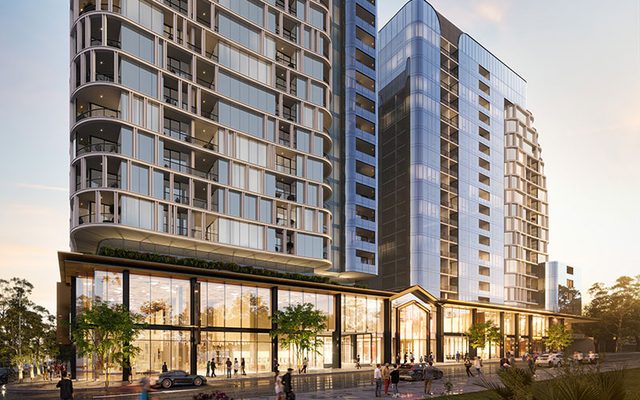This article is from the Australian Property Journal archive
AUSTRALIA’S nascent build-to-rent market won’t be the “panacea” to the housing market woes but it will play an important role, and the Albanese government’s delayed proposed tax changes remains the number one barrier for global investment in the sector, according to S&P Global Ratings.
The firm’s Build To Rent: A Credit Perspective On Australia’s Housing Future report suggests the market will support growth of residential rentals in Australia’s chronically undersupplied and overheated housing market, “but the process will take time”.
“I think it will play an important role, but it won’t be the panacea that the governments are wanting,” S&P Global Ratings analyst Craig Parker told Australian Property Journal.
“But it’s worked in other developed markets that are akin to the Australian residential market.
It’s over 10% of our global rated portfolio, and it’s worked in Europe, the UK and the US. There’s no reason why is couldn’t work here.”
Some 150,000 build-to-rent homes being delivered over the next 10 years has been modelled as a possibility by EY. National cabinet’s National Housing Accord target of 1.2 million “well-located” homes over five years officially started from the beginning of this month and observers have been hopeful growing investment in the build-to-rent sector could see it make a valuable contribution to the much-needed supply.
Colliers estimates there were 4,790 completed build-to-rent apartments in 2023, which will be supplemented with a further 3,810 completions in 2024. The firm expects that by 2026 this asset class will grow to 16,500 apartments.
According to Urbis, there are more than 50,000 build-to-rent apartments in planning, approved with a permit, under construction or built. However, planned units are facing funding constraints that are stifling their completion.
Parker told Australian Property Journal that the federal government’s proposed build-to-rent tax incentives would be part of the attractiveness of the sector for institutional capital.
But the bill has been delayed in the Senate after the Coalition and Greens voted against the proposal and ordering it to be sent to an inquiry in September.
“From what we can gather, it’s what the institutions are waiting for and then they’ll then flick the switch and say, ‘go ahead and allocate the capital’.”
S&P highlighted there are “informed” investors, such as US giant Greystar, major super funds, pension funds such as PGGM and sovereign wealth funds backing a number of build-to-rent managers in Australia.
However, Parker noted that investors need some degree of a track record of how the risk-return in the sector will pan out.
“Institutional investors providing rental housing is something that is relatively new in Australia.”
The sector would be waiting for evidence of what happens after the first lease maturity in major build-to-rent projects.
“Do the people stay? Is there much churn? You know, what happens to the mum-and-dad block of units that they’ve got a share in? How do they compete with this product?
“This product is providing a point of difference. Build-to-rent apartments are providing a full service offering that you just don’t get from renting a two-bedroom apartment in North Melbourne. You can also rent a two-bedroom apartment in the suburb of Kensington within the Assemble product, which gives you all your whitegoods, communal areas, etc. It’s all been designed with long-term rental in mind.”
“The other thing is that the returns on residential rentals are, from an income perspective, quite skinny when you compare it to an income return on a retail shopping centre or an office block or an industrial shed – the other returns have to be the capital growth element as well.
“And that’s what a lot of mum-and-dad investors see – being a landlord gives them an income but also a tax shield plus capital growth.”
S&P also noted that the current stock of build-to-rent being completed tends to be of a “premium quality that commands a high rent and can justify an adequate return on capital”.
“A secondary market for stabilized BTR assets would better inform equity investors as to the risk-return trade-off.”




